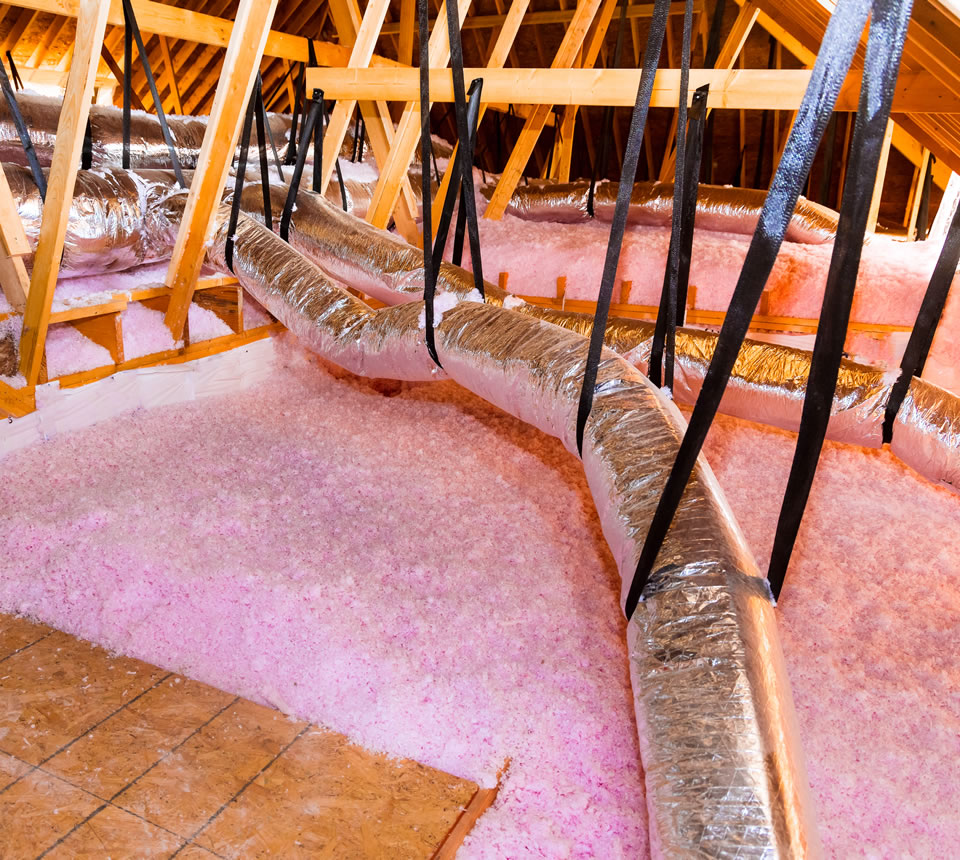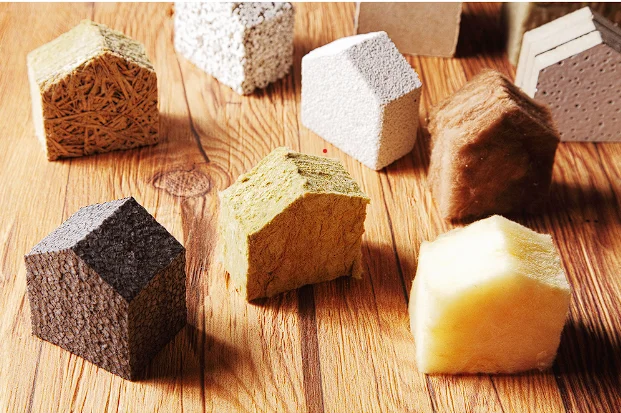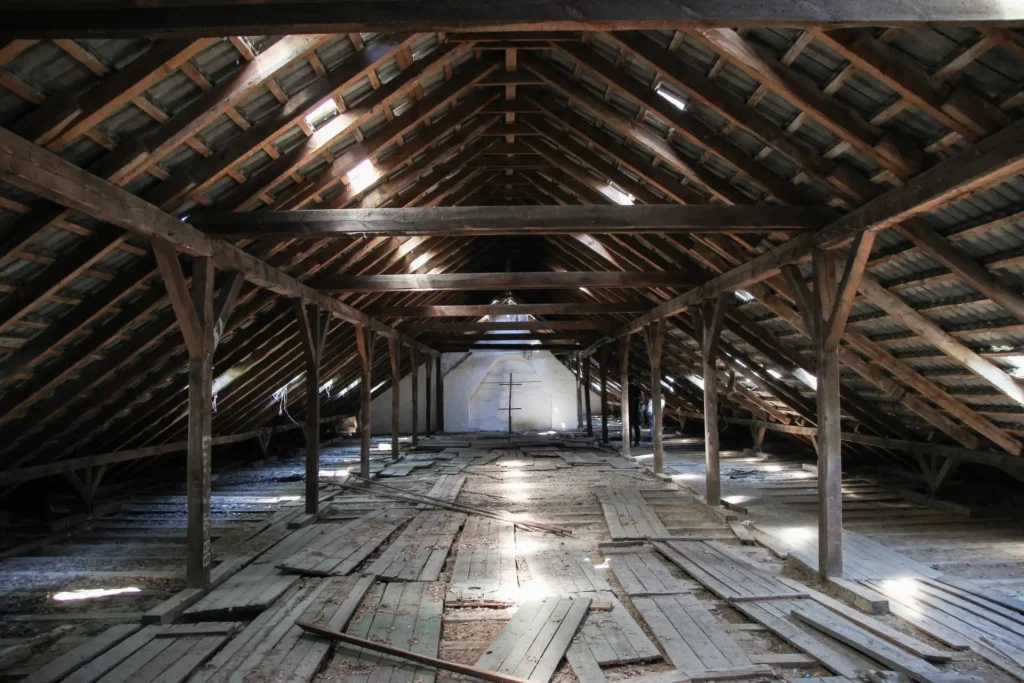Attic insulation is crucial for a comfortable and energy-efficient home. The best choice depends on your needs. You get less bills and improve your indoor air quality by selecting the right insulation. For a snug and warm house, explore options available in the market today.
Filterbuy HVAC Solutions helps homeowners with every step of the insulation process from choosing the best material to installing it properly. We offer a range of insulation options. And also give expert installation to ensure your home is as energy-efficient as possible.
Top Takeaways
- Proper attic insulation helps lower your bills.
- The best choice depends on your budget and needs. You should always consider the R-value required for your climate.
- Spray foam insulation proves ideal for attic ceilings. It provides high resistance to heat transfer.
- Filterbuy HVAC Solutions offers professional insulation services, including a detailed inspection to choose the best material and expert installation to ensure maximum effectiveness.
Why Your Attic’s Insulation Is So Important
Many homeowners undervalue the need for good attic ceiling insulation. It gives more than simple temperature regulation during hot summers or frosty winters. No insulation allows moisture to get into your attic. It’ll lead to issues like mold or even structural harm.
Most homes have old or insufficient insulation, which causes huge energy loss. According to the U.S. Department of Energy, up to 30% of a home’s heating and cooling can escape through the attic. It wastes money and also overworks your HVAC. The EPA’s ENERGY STAR program reports that poor insulation can waste up to 50% of a home’s energy use. By upgrading to proper insulation, you’ll prevent this waste and save an average of $600 per year, according to the Insulation Institute.
Knowing the best insulation for your attic ceiling is important. With this, you maintain a comfortable, secure and energy efficient home.
Upgrade Your Home with Professional Attic Insulation
Attic ceiling insulation does more than just regulate your home’s temperature. It acts as a barrier and reduces heat transfer. It also keeps your indoor temperatures steady no matter the weather outside.
As a leading attic insulation company in Florida, Filterbuy HVAC Solutions helps homes stay comfortable and more energy efficient. We begin with a detailed attic inspection. This will determine what’s the best type of insulation and R-value your home needs.
Using proven materials, we ensure complete coverage and a tight seal. This keeps your home cooler and helps lower your bills.
Our attic insulation services help to:
- Keep indoor temperatures consistent
- Lower energy bills
- Prevent molds
- Improve overall home comfort
- Increase your home’s value
Having completed thousands of attic insulation projects in the area, Filterbuy HVAC Solutions provides expert service, long term savings and results you can feel.
Choosing the Best Type of Attic Insulation
Choosing insulation correctly proves vital for home improvement, given the myriad of options available. Each home insulation type offers unique benefits and potential shortcomings.
To choose the best option, you should consider the R-value. It measures how well insulation resists heat. Your local building codes will have the recommended R-value for you.
The most common types of attic insulation are:
- Blown-in Cellulose insulation – It’s made from recycled paper treated with fire retardants. It’s blown into the attic to fill in gaps and cover uneven surfaces. It’s affordable and environmentally friendly.
- Spray Foam insulation – This liquid material is sprayed into the attic where it expands into a thick, insulating foam. It creates a powerful air and moisture seal, offering a very high R-value for maximum energy efficiency.
- Fiberglass Batts: This type of insulation comes in rolls or pre-cut pieces. It’s an affordable and effective option for attics with standard joist spacing and is a popular choice for DIY projects.
For an attic, the goal is to achieve a consistent layer of insulation. It’s to maximize savings and comfort. While blown in attic insulation is a great and affordable choice, spray foam attic insulation offers the best overall performance and long-term benefits.
Supporting Facts and Statistics
According to the Office of Energy Efficiency and Renewable Energy homeowners save more energy when upgrading insulation.
The Energy Agency advises homeowners that properly installed insulation enhances comfort. It maintains consistent indoor temperatures. Continuous sealing of the air barrier along the insulation protects against moisture damage that is caused by warm air flow through the insulation to colder surfaces where it grows.
Meanwhile, the US Environmental Protection Agency emphasizes the need for moisture control. Effective insulation, along with air sealing affects moisture control positively. It prevents issues like mold growth and damage. Improper use of insulation leads to energy problems and condensation and mold growth.
Expert’s Opinion on The Best Insulation For Your Attic Ceiling
Choosing the best insulation for your attic ceiling is needed to improve efficiency and comfort. At Filterbuy HVAC Solutions, we believe that understanding the unique characteristics of diverse insulating materials enables homeowners to make knowledgeable choices. Ensuring correct installation guarantees the full benefits of the insulation.
Filterbuy HVAC Solutions team of experts helps you make the right choice. We believe that a properly insulated attic ceiling is a needed investment in your home. It’s a step towards sustainability and energy saving.
Frequently Asked Questions:
What insulation options for the attic do you use?
Different types of insulation exist. And the best choice depends on specific factors. Attic ventilation plays a key role. Since insulation affects airflow and may lead to moisture issues if installed incorrectly.
What’s the best R-value for insulation?
Colder regions require R-49 to R-60. While milder climates need R-30 to R-49. Effective insulation helps regulate indoor temperature. It ensures optimal power efficiency.
Is R19 or R30 better for an attic insulation?
R19 suits moderate climates delivering enough thermal resistance at an affordable cost. Its lightweight design simplifies installation and meets building code standards in many regions.
What is the best insulation for the attic floor?
Fiberglass insulation provides a cost effective option and simplifies installation. It comes in batts or loose fill. It allows flexibility for various installation requirements.
Why don’t all homes have attic insulation?
Insulating your attic ceiling improves heat control, cuts energy bills and boosts indoor comfort. Many homeowners miss these benefits due to frequent insulation mistakes.
What’s the best thickness for attic insulation?
Using the right insulation thickness lowers heating and cooling costs. The optimal thickness depends on the insulation type and installation method.
Is faced or unfaced insulation better for the attic ceiling?
Faced insulation blocks moisture from entering living spaces with its built-in vapor barrier. It increases the durability of your home’s structure.
Should I use blown-in or batt insulation for my attic?
Consider factors like installation methods, cost and your home’s specific needs when choosing insulation. Blown-in insulation is made from fiberglass or cellulose. It fills small gaps effectively and ensures full coverage.
Is a vapor barrier necessary for attic ceiling insulation?
Vapor barriers regulate moisture levels and promote healthier living conditions. Recognizing their role in moisture control is key to achieving effective attic insulation.
What is the healthiest insulation option for my attic?
Sheep’s wool and cellulose insulation come from renewable resources and pose minimal health risks. Wool regulates moisture naturally. It lowers the risk of mold and mildew.
What are the places in an attic to avoid insulating?
Place insulation away from the underside of roof surfaces. This prevents moisture from getting trapped. Moisture buildup in this area encourages mold growth and leads to wood rot.
What is the most popular attic insulation material?
Each insulation type requires specific installation methods, varying in energy efficiency, cost and ease of installation. The homeowner’s budget, energy-saving goals and attic conditions should determine the choice of insulation material.
How to insulate a house with existing walls?
Insulating existing walls typically involves one of two methods:
- Drilling and Filling – This is a quick and effective way to add insulation without major demolition.
- Removing and Replacing: The interior or exterior drywall is removed to expose the wall studs. This allows for the installation of batt insulation before the wall is sealed up again.
Can I DIY attic spray foam insulation?
DIY spray foam attic insulation is not recommended for homeowners. The chemicals used are complex and are harmful if not handled with proper safety gear. Professional installers have the necessary equipment and training to ensure the job is done safely and correctly.
What are the pros of spray foam attic insulation?
Spray foam attic insulation offers several key benefits:
- Superior Thermal Performance – It has a very high R-value, meaning it provides excellent resistance to heat flow.
- Air and Moisture Seal – This helps prevent drafts and protects against mold and mildew.
- Durability and Longevity – Spray foam doesn’t settle or degrade over time like other insulation types, so it maintains its effectiveness for the life of your home.







